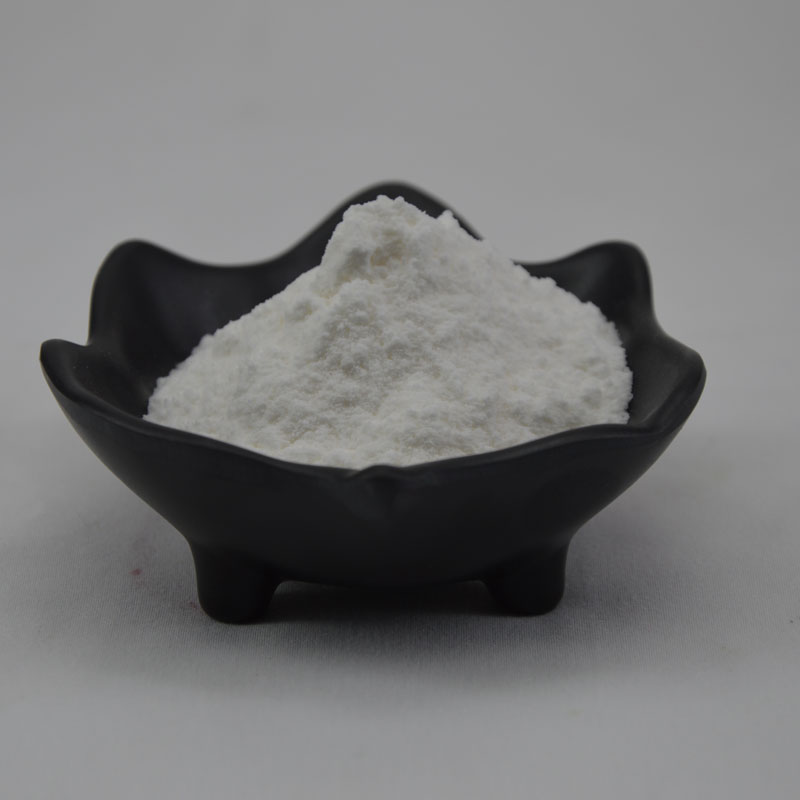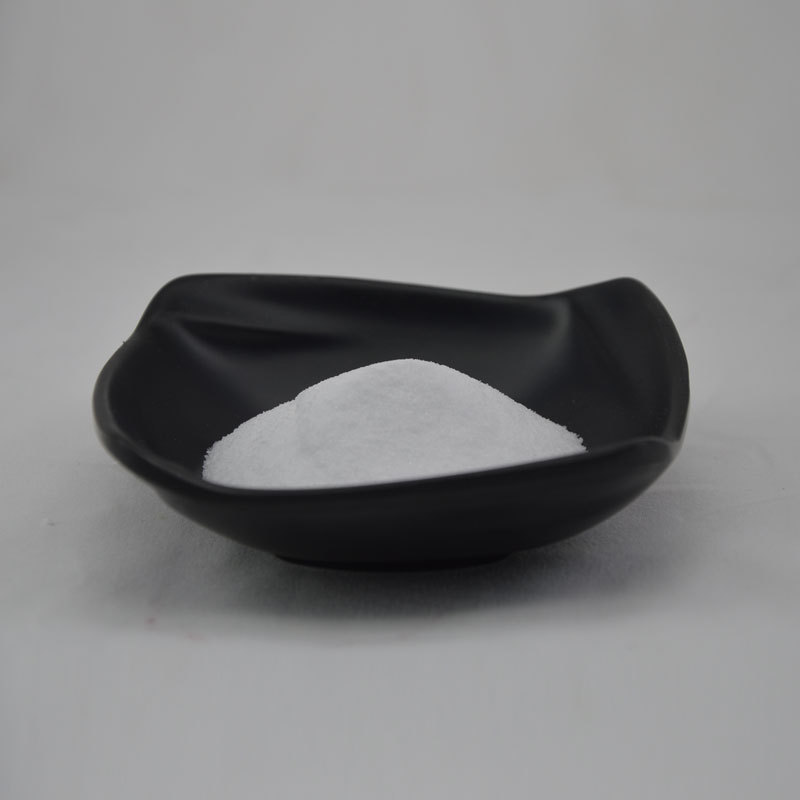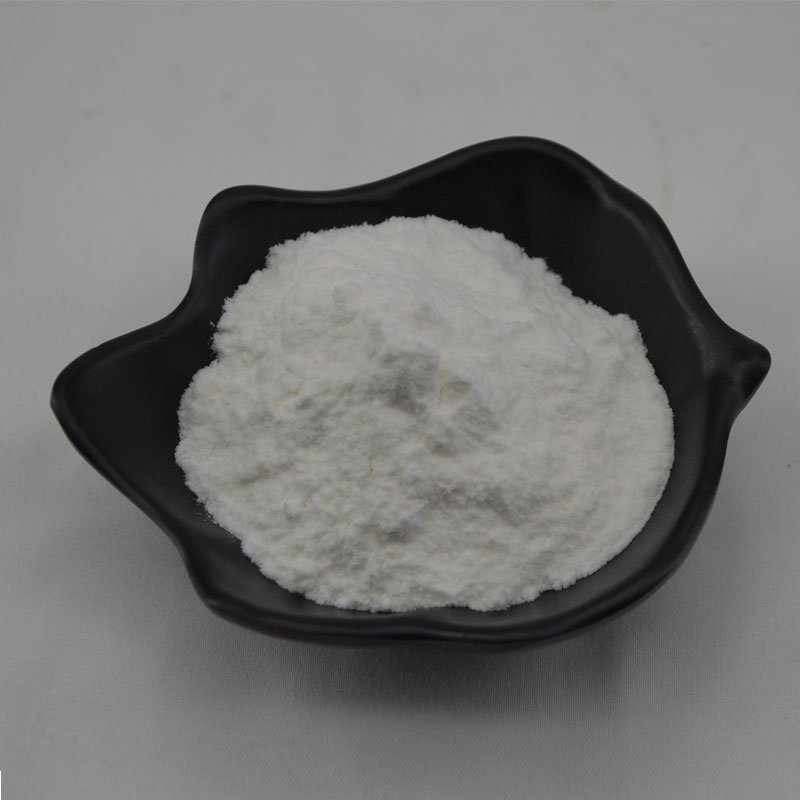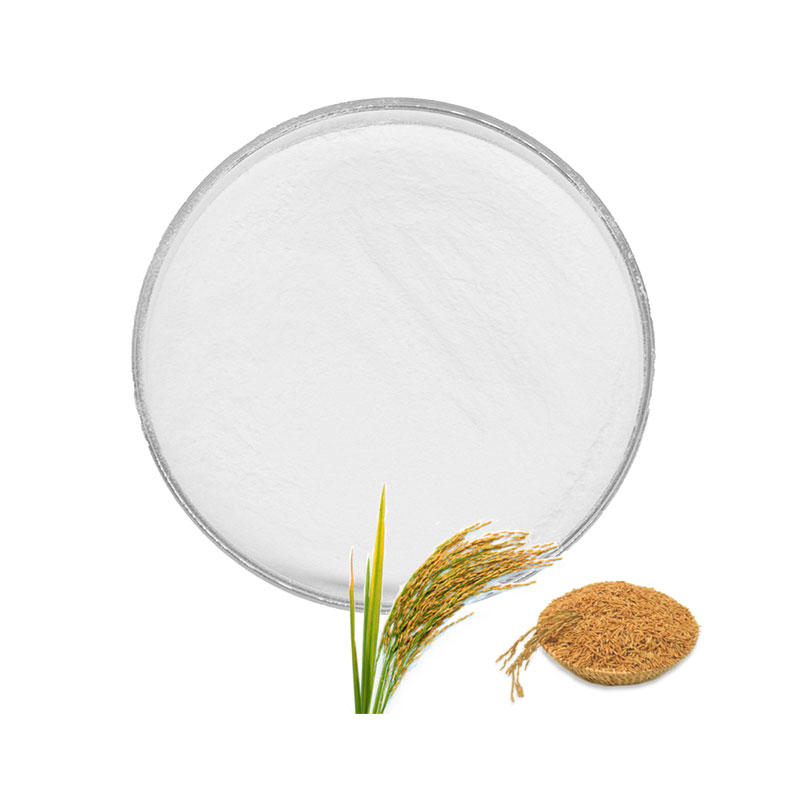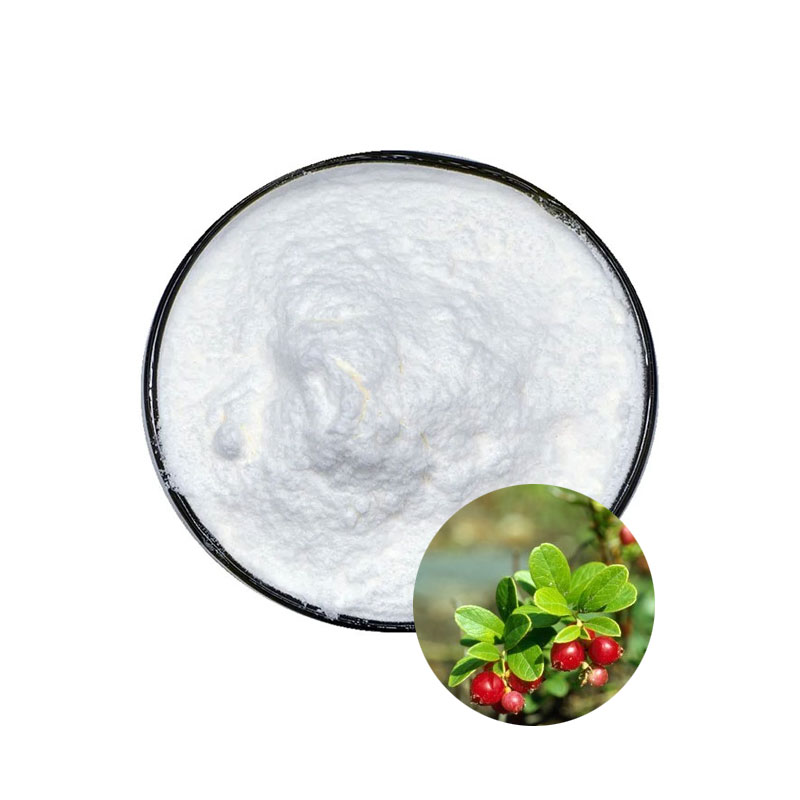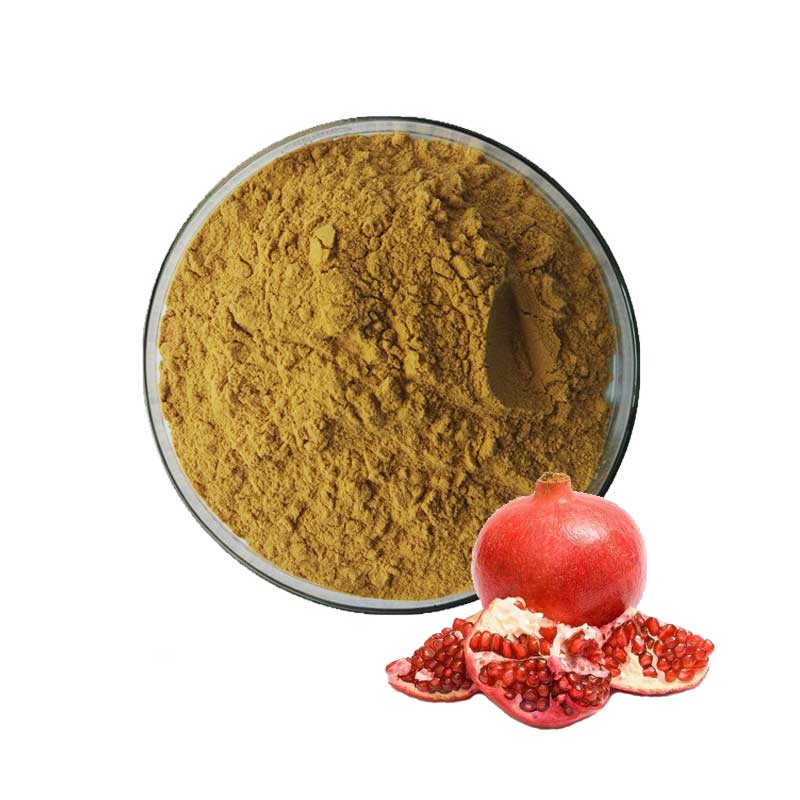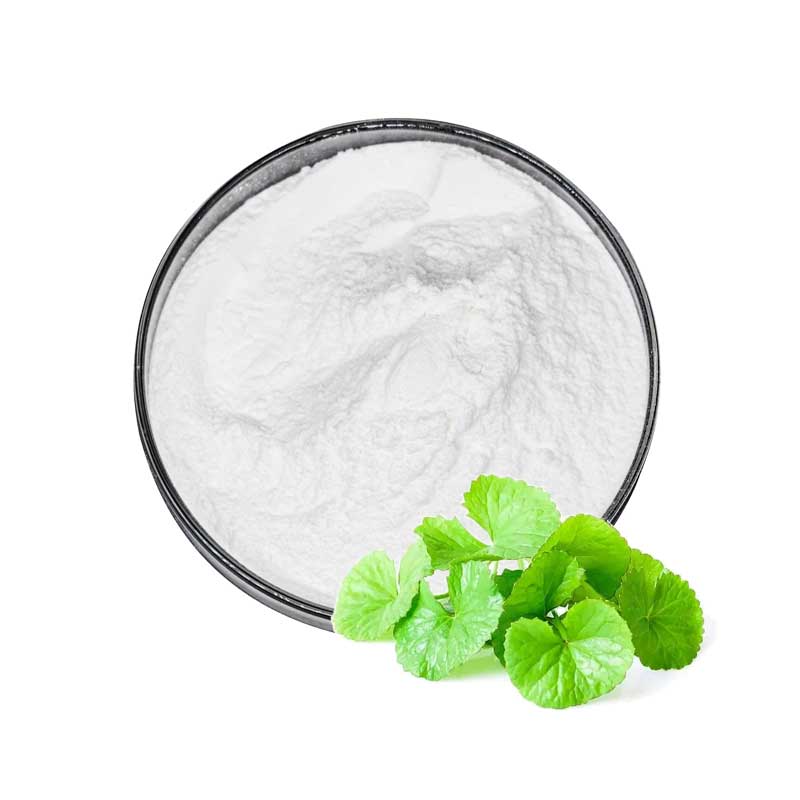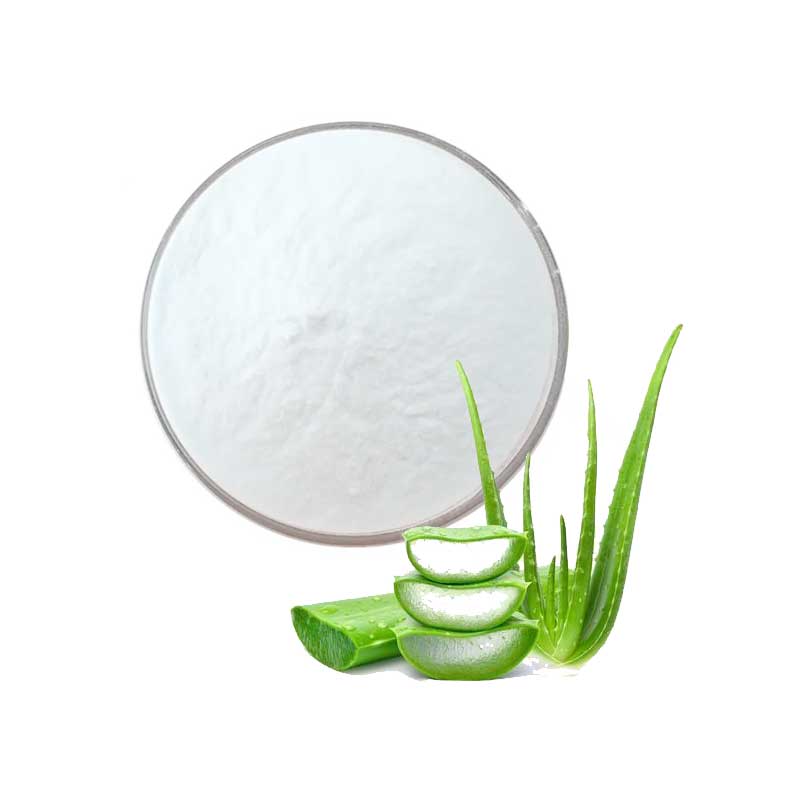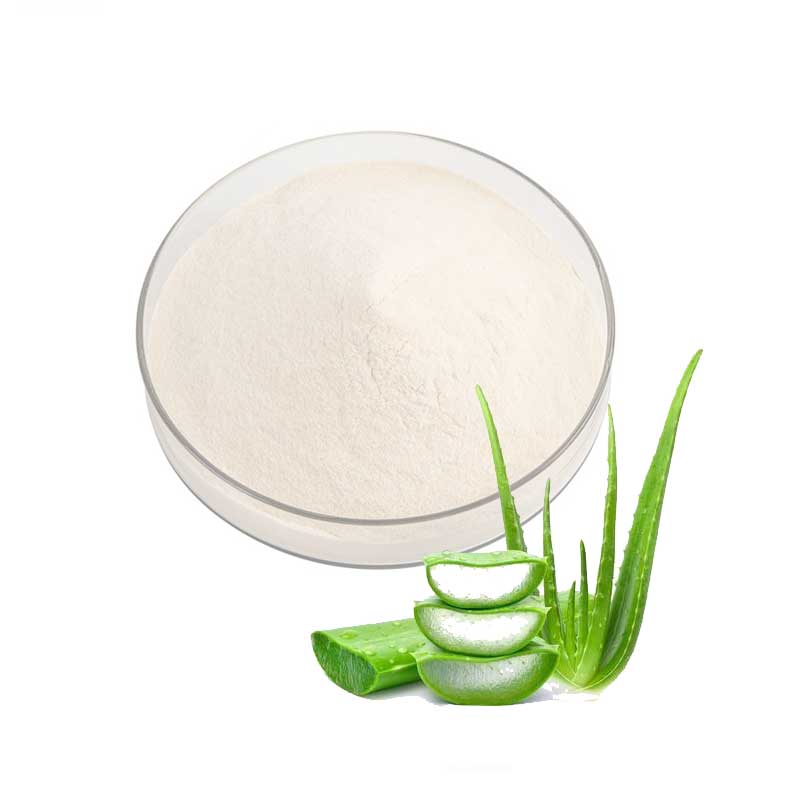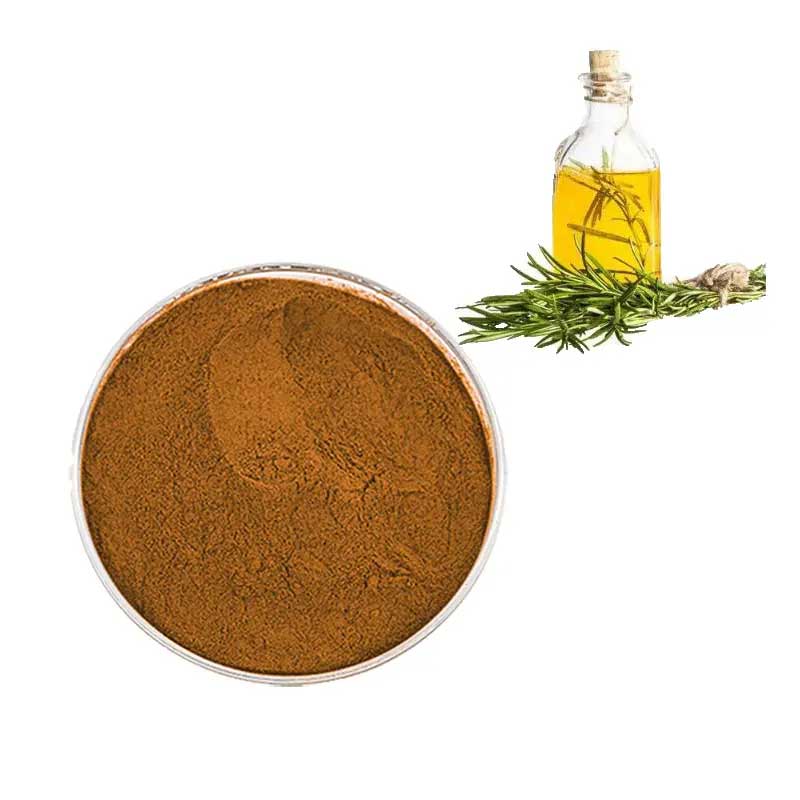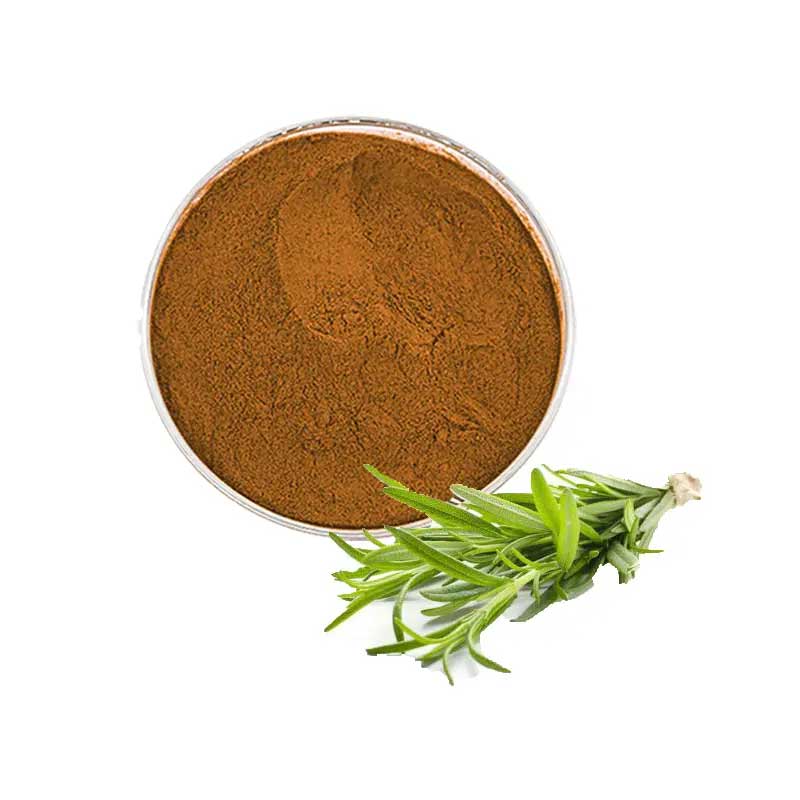white willow bark extract Salicin
- Sample:5-10g Sample For free
- CAS No:138-52-3
- Shelf Life:2 years
- Appearance:Colorless crystal or white powder
- Test Method:HPLC
- Used part:white willow bark
- Category Name:Herb Extracts
-
Salicin extract Product Description
Salicin is an organic substance with the chemical formula C13H18O7, colorless crystal or white powder, soluble in water, easily soluble in boiling water, insoluble in ethanol (1:90), insoluble in ether or chloroform, but soluble in It is hygroscopic in alkaline solution, pyridine or glacial acetic acid. It is widely found in the bark and leaves of a variety of Salix and Poplar plants, for example, the bark of the willow salicylic acid can reach 30%
Salicin extract Specification
| PRODUCT NAME | white willow bark extract Salicin |
| CAS No | 138-52-3 |
| appearance | Colorless crystal or white powder |
| Test Method | HPLC |
| Molecular formula | C13H18O7 |
Salicin extract Function
- Antipyretic
- Analgesic and anti-inflammatory
- Anti-rheumatic
- Bitterness, stomachic and local anesthesia
- It can also be used as a biochemical reagent
- Treats Fever, Cold and Infection
- Relieves Arthritis Pain and Low Back Pain
How does salicin reduce inflammation?
Similar extract to acetylsalicylic, salicylic acid reduces the production of certain prostaglandins (hormone-like substances that control your immune system and fight joint inflammation) in your nerves, and this eases pain and discomfort.
How does salicin extract relieve pain?
The salicin inside willow bark works the same way as aspirin, by reducing inflammation and pain as it enters your bloodstream. Because of the anti-inflammatory properties of willow bark, it may be especially effective in combatting joint pain as well.
What salicin extract contains?
Willow bark contains an ingredient called salicin, which your body makes into another chemical substance called salicylic acid.
What is willow bark extract used for?
Willow bark acts a lot like aspirin, so it is used for pain, including headache, muscle or joint pain, menstrual cramps, rheumatoid arthritis (RA), osteoarthritis, gout, and a disease of the spine called ankylosing spondylitis. Willow bark’s pain relieving potential has been recognized throughout history.
What are the effects of salicin on the body?
In combination with the herb’s powerful anti-inflammatory plant compounds (called flavonoids), salicin is thought to be responsible for the pain-relieving and anti-inflammatory effects of the herb. In fact, in the 1800s, salicin was used to develop aspirin.
What is salicin extract used for?
Willow bark contains a chemical called salicin, which is similar to aspirin. It has pain and fever reducing effects in the body. People commonly use willow bark for back pain, osteoarthritis, fever, flu, muscle pain, and many other conditions, but there is no good scientific evidence to support most of these uses.
Is salicin extract an aspirin?
The major active ingredient of willow bark, salicin, was the original source of aspirin. It appears to inhibit the cyclooxygenase-2 pathway. Other components of willow bark may have other antiinflammatory properties.
Frequently Asked Questions
Does Honghaoherb offer free samples?
Yes, we offer free samples for 20-50g.
What is the minimum order quantity (MOQ)?
In general, the MOQ is 500 kg. Please contact our sales team for details.
Is there any discount?
With a standardized pricing scheme, we encourage you to contact us to learn more.
How long does the shipment take?
We have warehouses in Asia, North America, and Europe, thus our lead time is 30% shorter than other suppliers.
Are the products certified?
Yes, certified products we supply include USDA, NOP, Kosher, and Halal. Please contact us to learn more about the certifications.
Can I visit your factory?
We welcome our customers to visit our plant and the wild collections.
- Previous Article: Silymarin Extract/Milk Thistle Extract
- Next Article: Tretinoin Extract Manufacturer&Supplier

